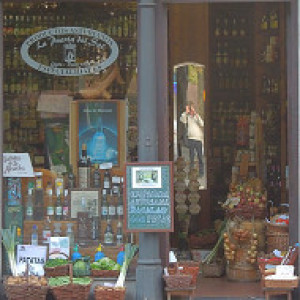From Campa Torres to Hadrian's Wall ... perhaps
The defences of the iron age, and later Romanised, fortified settlement of Campa Torres or Noega, on Gijón's western headland. The ditch in the foreground was up to eight metres depth and cut across the headland. Behind the ditch are the walls. But not a single wall, more a series of separate abutting walled platforms. Altogether it must have been pretty impregnable, although in the end it didn't keep the Romans out.
And the connection to Hadrian's wall? Well after the fierce Astures peoples had been subdued by Rome, some of them went on to form the Roman auxilliary regiments, the Ala Primae Hispanorum Asturum, and the Ala Segundae Asturum. Both were recorded manning Hadrian's Wall. The latter were stationed at Chesters fort on the wall by 181 A.D. and remained there until the end of Roman occupation.
The name of the local Astur tribe that inhabited Campa Torres was the Cilurnigos. The Roman name for the Chesters fort, on Hadrian's Wall, was Cilurnum.

Comments
Sign in or get an account to comment.


